Zimbabwe is a wonderful safari and wildlife destination, but there’s far more to it than that. The Zimbabwean people have a rich culinary tradition that transforms common and unconventional ingredients into hearty, scrumptious dishes.
When you visit Zimbabwe, you absolutely have to sample these dishes – even if it means going out of your comfort zone. The country’s most famous staple is sadza – a thickened porridge made from maize meal that’s often accompanied by delectable meat stews.
Another highlight is the unique use of vegetables and legumes, such as nutritious pumpkin leaves (muboora) and cowpeas (nyemba). Dishes like dovi, a peanut butter-based stew, and kapenta, small, sardine-like fish, reflect the resourcefulness and rich flavours that Zimbabwean dishes are known for.
If you’re unsure where to start, we’ve put together a list of 10 different dishes you have to try on your next Zimbabwe safari tour. Read on to learn more about them.
1. Sadza: The Zimbabwean Staple
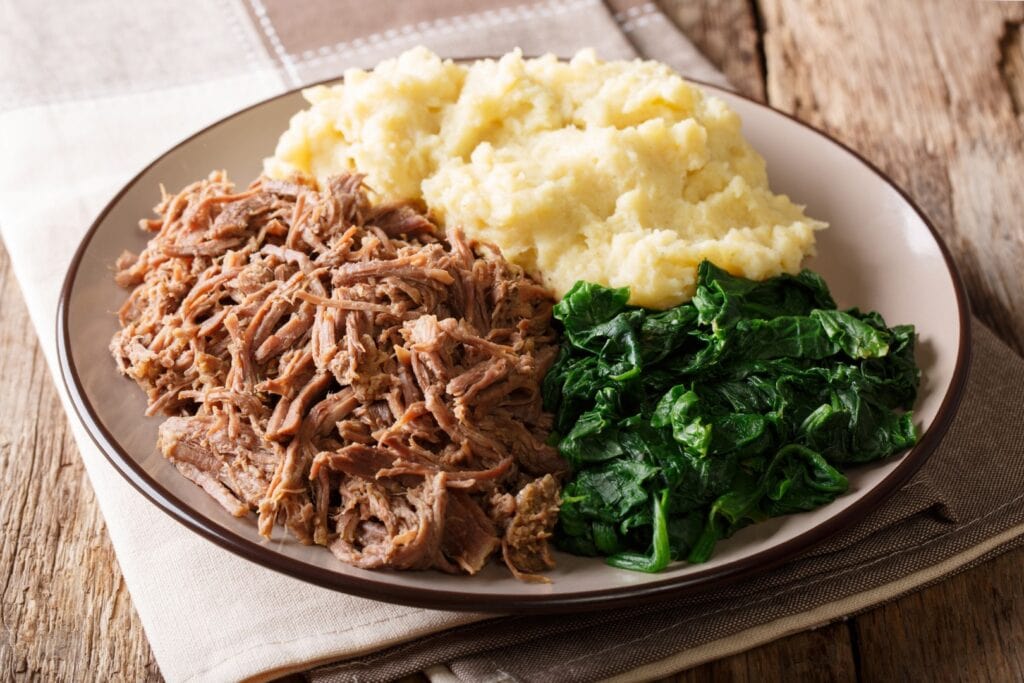
No culinary journey in Zimbabwe is complete without trying sadza! This thick maize meal porridge is typically paired with meat or fish dishes, vegetables, or flavourful sauces.
It’s a simple dish, yet it’s the cornerstone of Zimbabwean cuisine, much like mieliepap in South Africa. Most people eat it at least once a day. Sadza’s significance extends beyond its ingredients.
Sadza is a symbol of community and sharing and is often eaten with the hands from a communal bowl or pot. This fosters a sense of togetherness, so it’s no surprise that sadza is staple at both everyday meals and special occasions.
It’s truly a dish that caters to all, from meat lovers to vegetarians. Aside from meat and fish, you can also have it with traditional leafy greens like muboora or muriwo (see below), beans, or chakalaka, a traditional and often very spicy tomato, onion, and pepper relish.
2. Mopane Worms: A Delicacy for the Adventurous
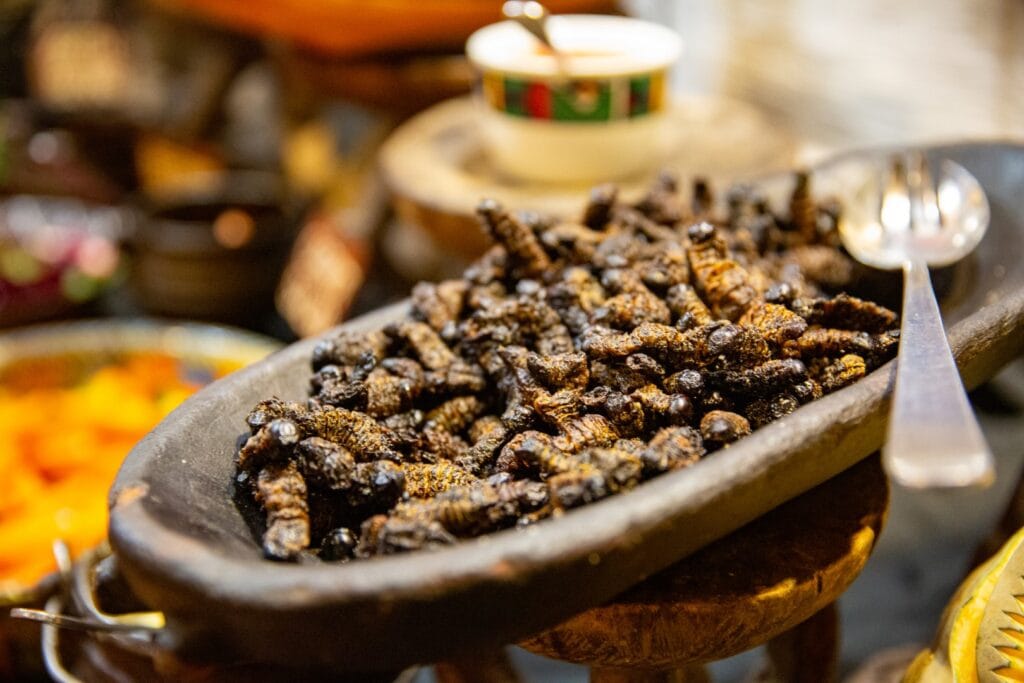
Mopane worms, called macimbi or madora in Zimbabwe, are a distinctive feature of many southern African cuisines. They’re a must for adventurous eaters, and are served in many restaurants, hotels, and safari lodges in Zimbabwe.
Locals harvest these caterpillars, which are actually the larvae of the emperor moth, from the indigenous mopane trees. They’re not only a sought-after delicacy amongst the local people, but also a vital source of protein, nutrients, and income for local communities.
Mopane worms are very versatile. Typically, people clean and dry them, preserving them for extended periods. Dried mopane worms are crunchy snacks, with a distinctively robust flavour. Alternatively, they can be rehydrated and cooked, often in a rich, tomato-based sauce, and served with sadza or rice. Rich in protein, minerals and fat, mopane worms are much more than a “culinary curiosity”.
3. Bota Une Dovi: A Flavourful Morning Treat
Bota is a time-honoured element of Zimbabwe’s breakfast cuisine. It’s a traditional porridge made from maize and provides a hearty and filling start to the day.
What makes bota particularly special Zimbabwean dish are the diverse flavours that you can add to it. You can enjoy it with peanut butter, milk, sugar, honey, butter, or jam. Peanut butter gives it a creamy and nutty taste, mixing it with milk gives it a smoother texture, while yoghurt gives it some tang.
Like sadza, bota is an integral part of the cultural fabric of Zimbabwe. Many families have their own unique ways of preparing it, and the recipe is often passed down through generations. Some use fresh, homemade peanut butter, while others might opt for store-bought varieties.
4. Dovi: The Richness of Peanuts
Dovi, or peanut stew, is another staple of Zimbabwean cuisine and attests to the country’s fondness for this nutritious legume. It typically features chicken that is slowly cooked in a thick, creamy sauce made from peanut butter, creating a depth of flavour that is both rich and satisfying.
The stew is well-seasoned and spices are often added to enhance its taste resulting in a dish that’s both comforting and nutritious, reflecting the country’s culinary ingenuity. It’s normally served with sadza or rice.
The versatility of dovi lies in its ability to incorporate different local ingredients. Some variations include vegetables like carrots, tomatoes, okra, or leafy greens like spinach, collard greens, or kale. Others might add chilli to give it heat or lemon juice to give it some zest.
5. Kapenta: From Lake to Plate
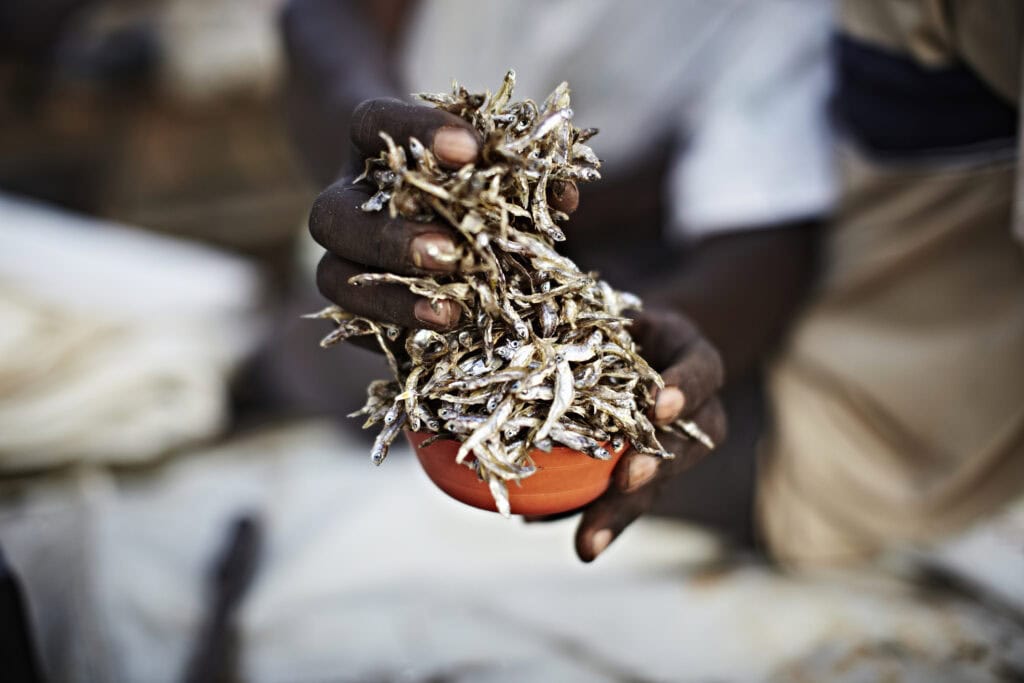
The use of kapenta, locally called matemba, demonstrates Zimbabwe’s expertise in harnessing lake resources for its cuisine and nutritional needs. Originating from Lake Tanganyika, kapenta are small, sardine-like fish that were introduced into Lake Kariba in the 1950s as food for tigerfish.
Most of Zimbabwe’s kapenta comes from Lake Kariba, where it plays a vital role in the local diet and economy. The tiny, silvery fish are salted and dried in the sun in vast quantities, but are also prepared fresh. Their preparation varies, but whether dried or fresh, kapenta is most commonly fried until crisp, which brings out the fish’s natural flavours.
When served with sadza, the crispy fish and the dense porridge creates a delightful contrast of textures and flavours. Alternatively, kapenta is often simmered in a sauce of tomatoes and onions that add flavour and complements the natural taste of the fish. Curry powder and green peppers can also be added. Kapenta can also be made into a savoury chowder-like soup.
6. Maheu/Mahewu: Thirst-Quenching and Nutritious
Maheu is a traditional, non-alcoholic drink that’s a refreshing and nutritious staple amongst Zimbabwean beverages. This drink is made from fermented maize meal, giving it a distinctive slightly sour taste and a milky texture. This fermentation also enhances the drink’s impressive nutritional value as it’s rich in nutrients and probiotics.
Commonly drunk as a thirst quencher, maheu is also valued for its ability to provide energy. The versatility of maheu is seen in the various ways it can be flavoured and served. A common practice is to add ground peanuts, which gives it a nutty flavour and a creamier texture. Alternatively, it can be sweetened with sugar, and have milk added to it for children.
Whether as a nutritious start to the day or a cooling drink on a hot afternoon, mahewu is a much cherished part of Zimbabwean dishes and food culture.
7. Nyama Choma: A Barbecue with a Twist
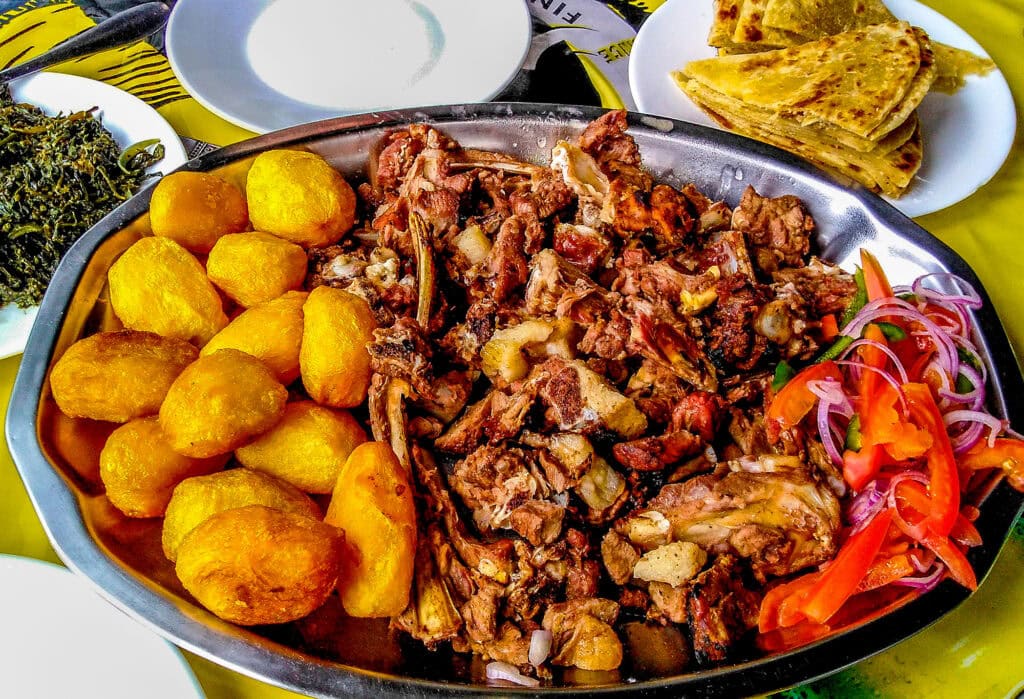
Nyama, which simply means “meat” in Shona, is used to refer to a range of meat-based dishes. Nyama choma or nyama yakagochwa is a distinctive form of barbecued meat that is much appreciated by discerning foodies.
Nyama choma specifically refers to a method of slow-grilling various types of meat over an open flame. This technique, practised for generations, allows the meat to cook evenly and acquire a rich, smoky flavour that typifies Zimbabwean barbecue. The types of meat used in nyama choma vary, including beef, goat, and chicken, each offering a different texture and flavour profile. This is further enhanced by the use of spices.
Before grilling, the meat is often marinated with garlic, ginger, and paprika, as well as other local herbs. This tenderises the meat and gives it its complex, aromatic flavour and smokiness. Nyama choma is more than just a dish – it’s a celebration of local ingredients and traditional cooking methods in Zimbabwean dishes. It’s enjoyed at gatherings, social events like weddings, and other celebrations.
8. Muriwo Unedovi: A Nutritious Green Bounty
Muriwo unedovi is a vegetarian dish that consists of collard greens, kale, or spinach cooked with peanut butter, onions, and tomatoes. The dish is simmered until all the ingredients have combined and is packed with nutritional benefits.
The real magic of muriwo unedovi lies in its clever combination of peanut butter, onions, and tomatoes, with the peanut butter bringing a creamy, nutty richness to the dish, while the onions and tomatoes add a slight acidity that enhances the overall flavour. The result is a creamy, savoury, highly nutritious dish that complements the sadza it’s traditionally served with perfectly.
It’s a testament to Zimbabwe’s ability to transform simple ingredients into a dish bursting with flavour and nutrition.
9. Muboora (Pumpkin Leaves): An Unexpected Delight
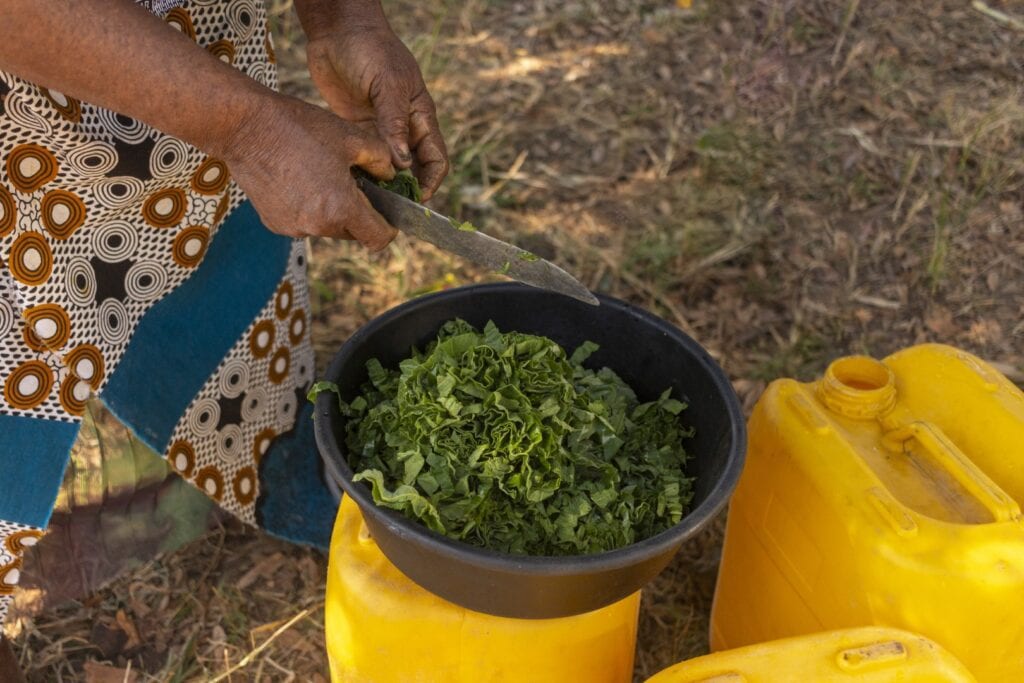
Muboora focuses on the tender leaves of the pumpkin plant – often overlooked in many cuisines but cherished in Zimbabwe. Locals carefully select leaves for their tenderness and then clean them to prepare them for cooking.
You cook them by boiling them, which makes them easier to digest and enhances their natural sweetness. The second stage of preparing muboora involves simmering the boiled leaves in a rich sauce of tomatoes and onions. This adds a fresh, tangy touch to the dish.
Sometimes, peanut butter is added, giving it a creamy texture and a nutty, savoury taste. As with many Zimbabwean dishes, this makes it ideal for pairing with sadza or rice.
Muboora highlights the Zimbabwean culinary tradition’s emphasis on sustainability and using all the parts of the plant.
10. Chikenduza (Candy Cakes): Sweetness in Every Bite
Chikenduza, also known as candy cakes, offer a delicious, colourful, and sweet conclusion to any Zimbabwean dish. These sugary steamed cakes add a festive note to the meal, as they’re often brightly coloured with pink or green food colouring.
A powdered sugar glaze is often drizzled over the top. The preparation of chikenduza involves a simple but careful process, using staple ingredients like flour, sugar, and yeast. The yeast gives the cakes a soft, airy texture, while the sugar ensures every bite is satisfyingly sweet.
They can also be served warm with a dollop of butter or jam, adding a creamy richness and a fruity note to the sweetness of the cake.
Zimbabwe’s rich and varied cuisine adds to its powerful appeal as a prime safari, wildlife, and vacation destination. Every meal is a culinary adventure in itself, complementing the breathtaking landscapes and iconic wildlife that Zimbabwe is known for.









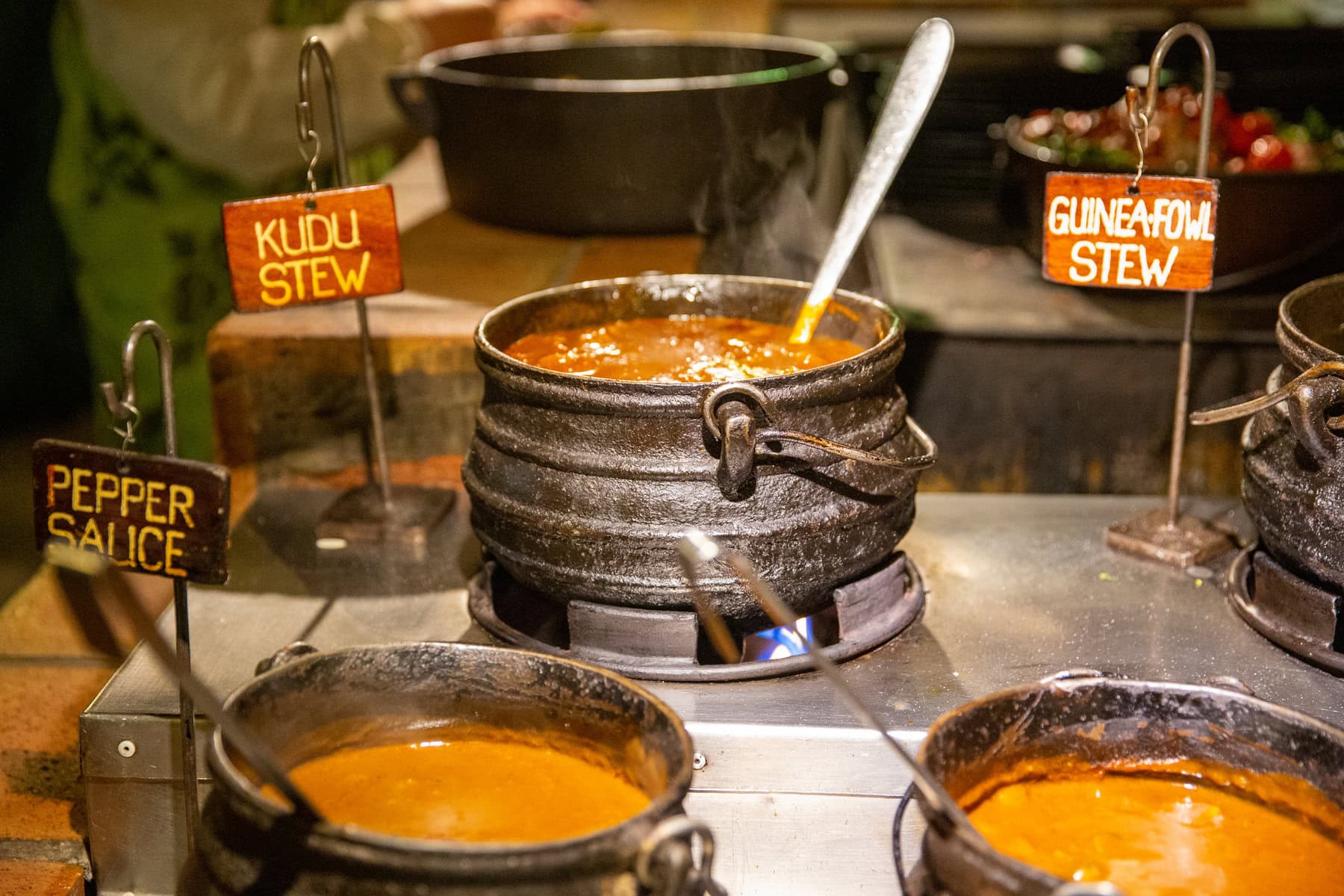
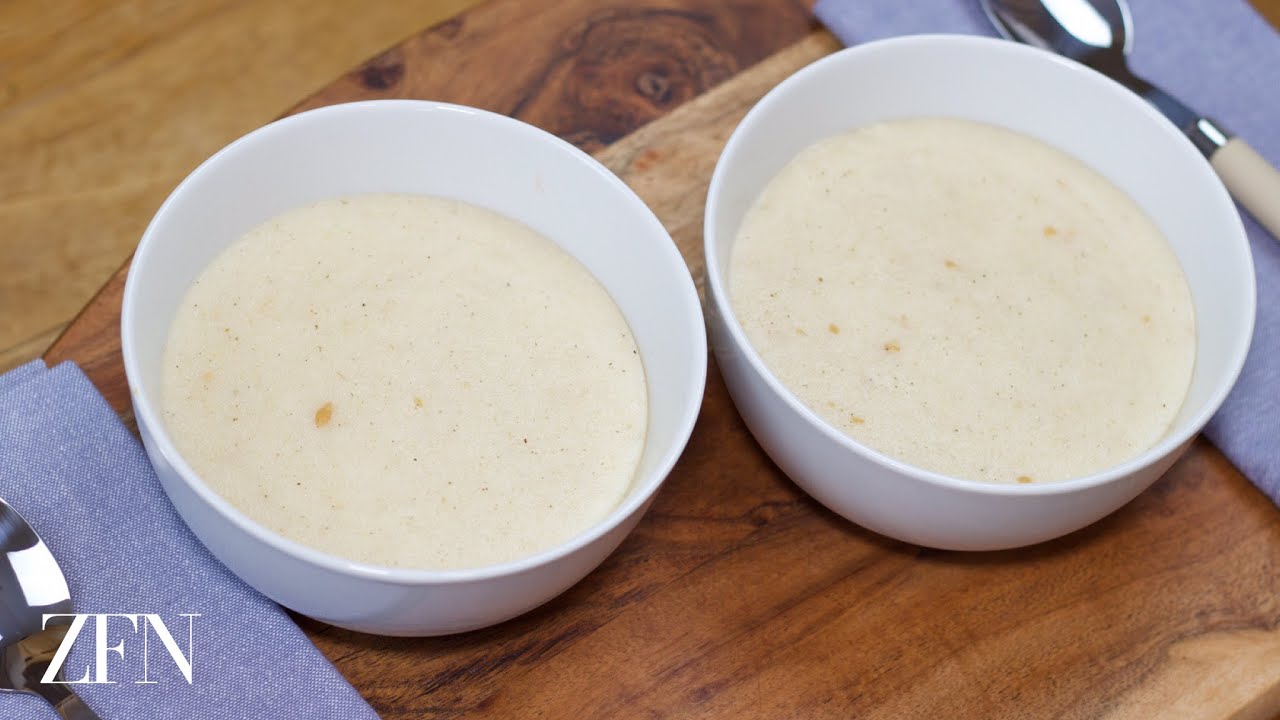
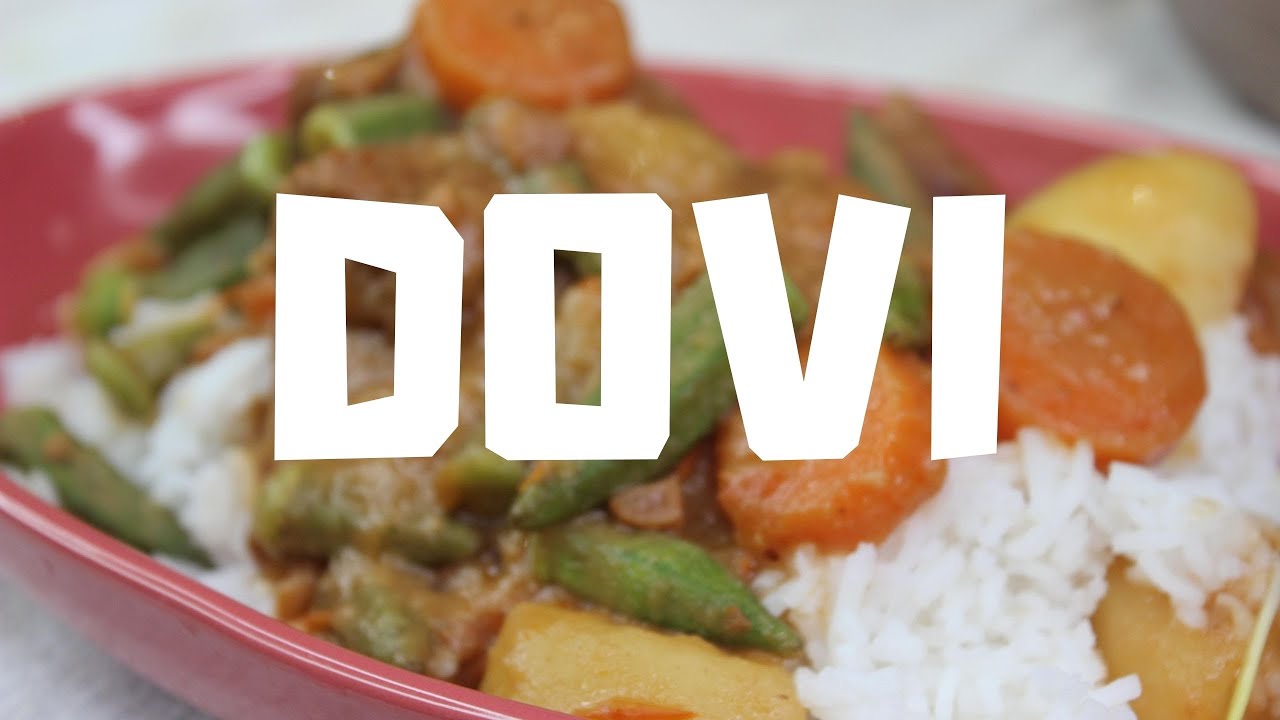
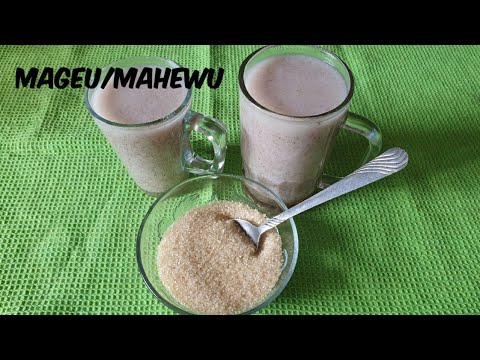




 Blog List
Blog List






















Written by Brendan White
• Travel Writer
Verified by Susan Veldman
• Africa Safari Expert
Part of the Zimbabwe Safari Collection